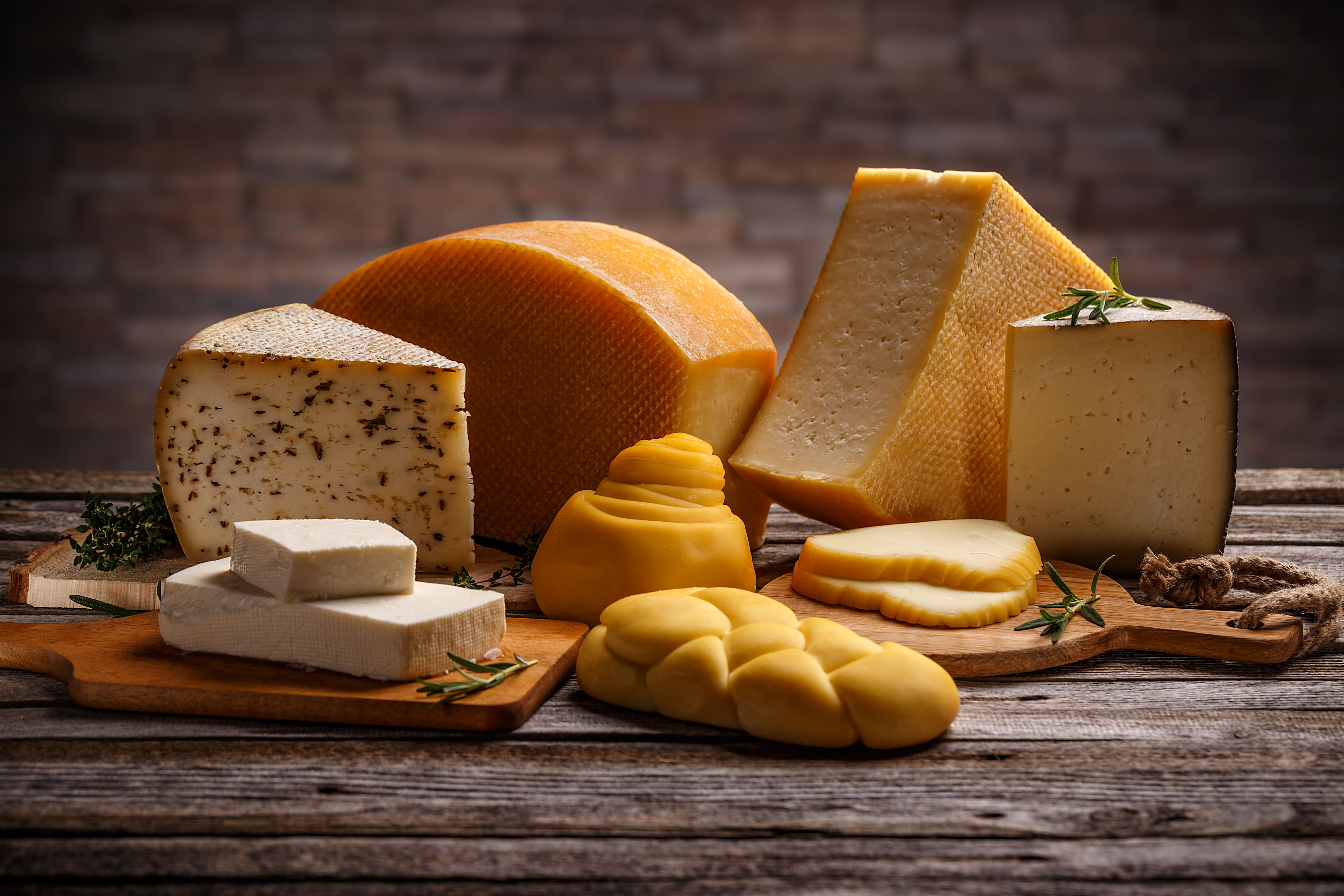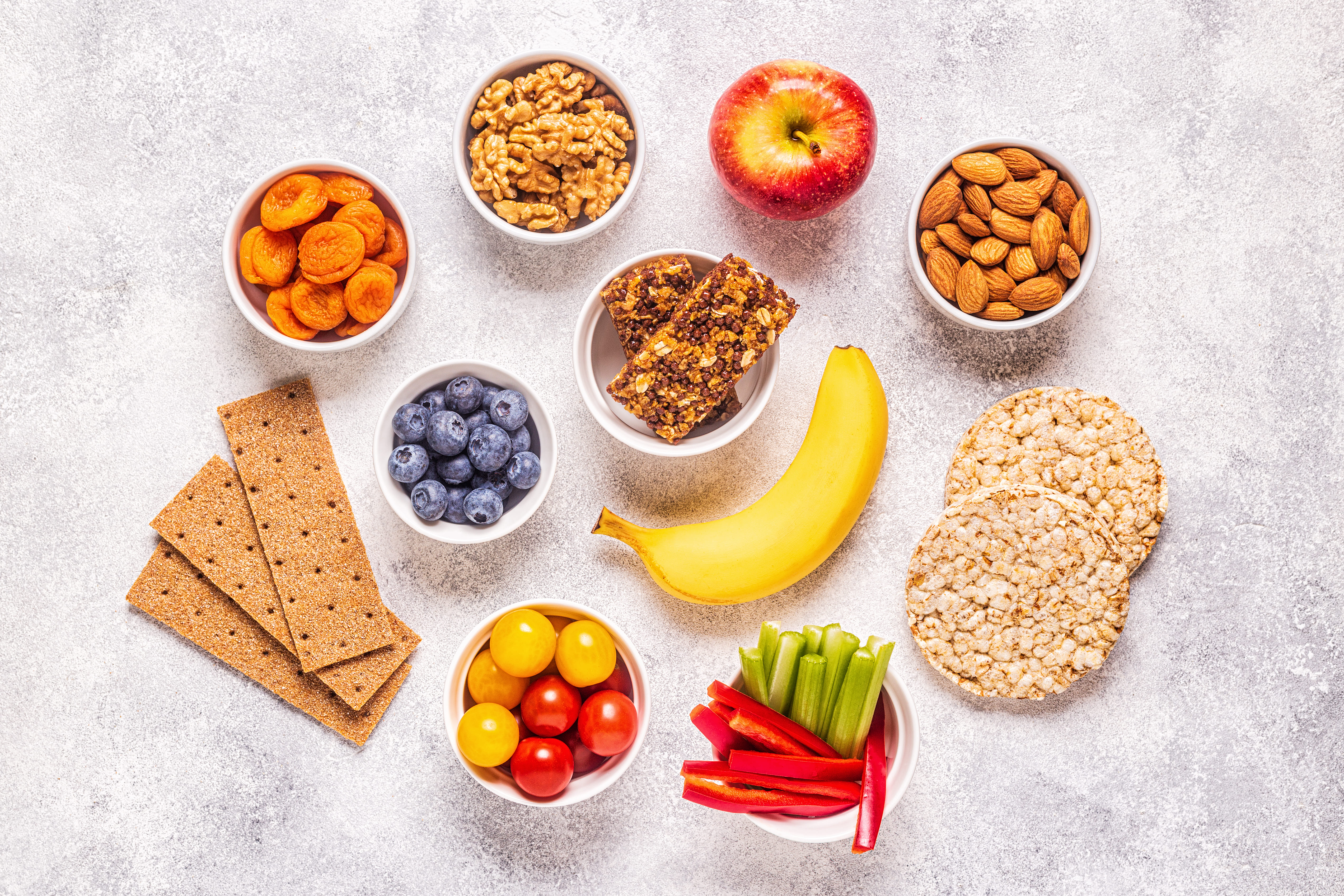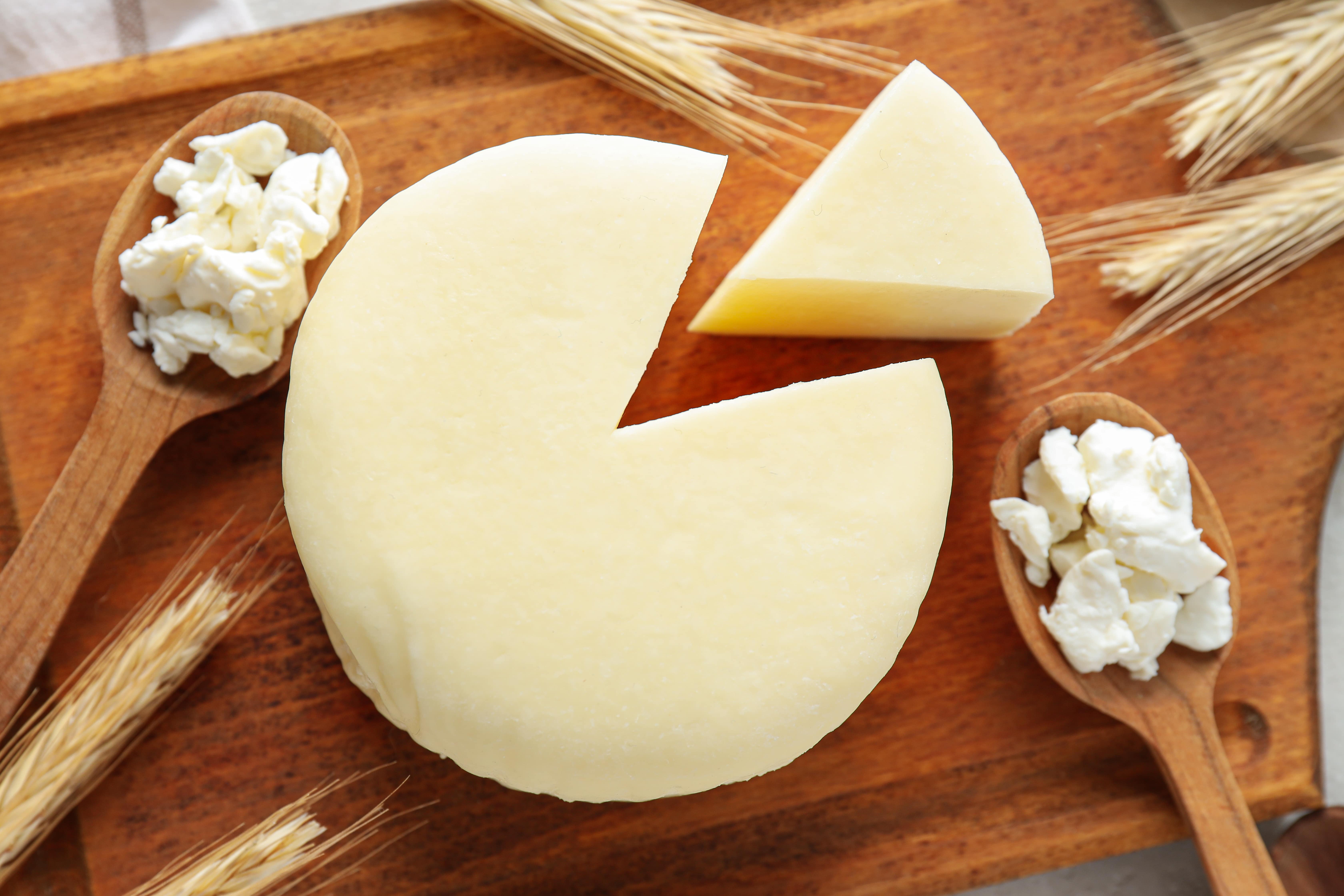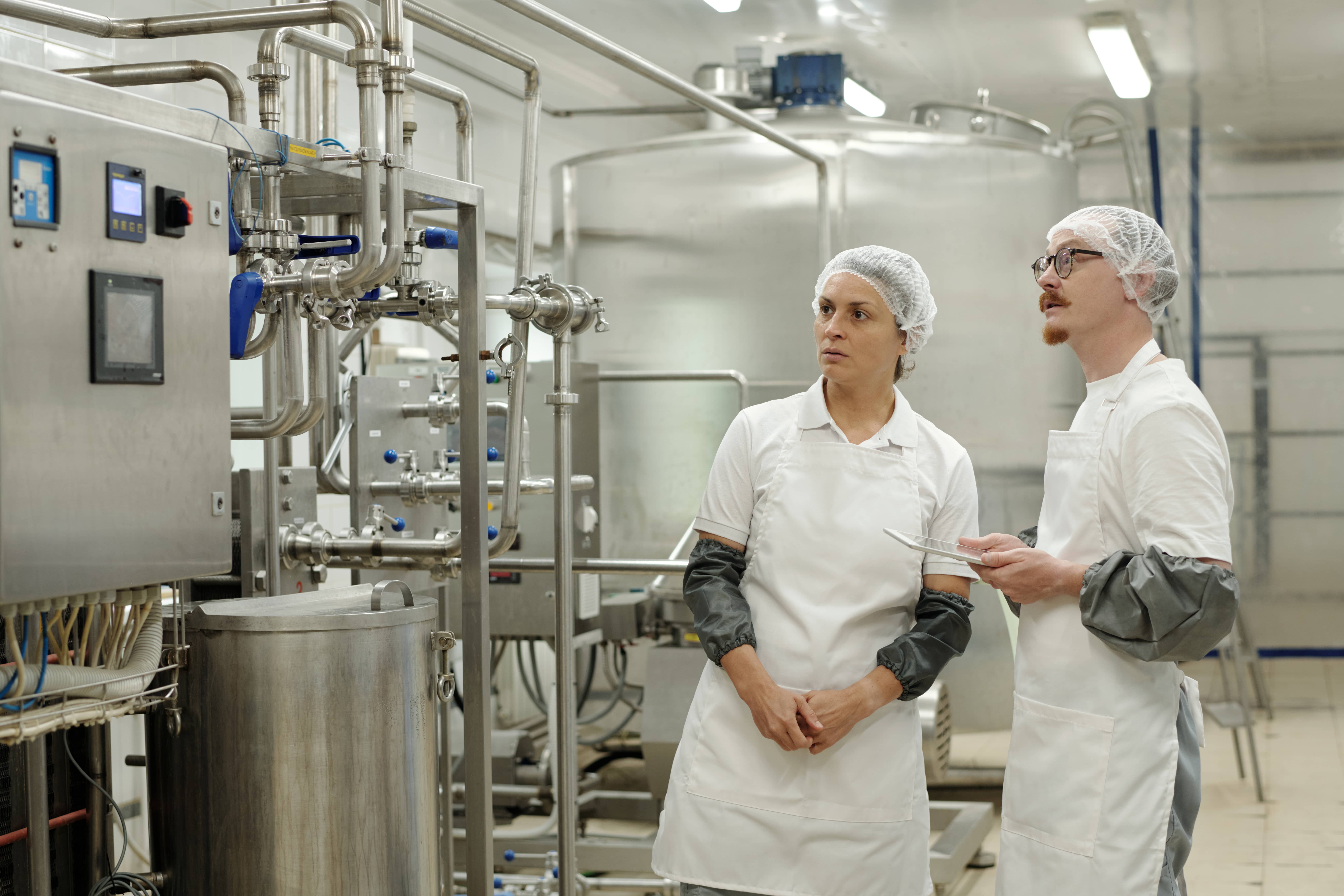Last Updated on September 15, 2025 by Admin
The food sector is under continuous pressure to precisely and effectively satisfy consumer needs. The stakes are significant: too little stock results in missed sales; too much might cause waste and higher expenses. Enter the world of food demand forecasting. This powerful tool allows businesses to predict customer demand with remarkable precision, helping them navigate the challenges of supply chain management and inventory control. In this article, we’ll explore the importance of demand forecasting in the food industry, the challenges faced, the solutions available, and how training in this field can make a significant difference.
Understanding Food Demand Forecasting
Food demand forecasting refers to predicting the future demand for food products. One needs to look at historical data, market patterns, customer behavior, and other factors to forecast how much of a good will be needed at a given moment. Food businesses depend on accurate forecasts, which instantly impact profitability, manufacturing planning, and inventory control.
Forecasting of demand for food products must be balanced. Accurate forecasts let companies maximize their supply chains, cut waste, and guarantee they always have the correct inventory level. This results in better customer happiness, fewer running expenses, and more profitability.
The Role of Technology in Demand Forecasting
Traditionally, food demand forecasting relied on manual methods and basic statistical models. Thanks to technological development, companies can now create more accurate forecasts and employ more sophisticated tools to handle enormous volumes of data. One such instrument is food demand forecasting using machine learning.
By examining machine learning algorithms, we can provide predictions by examining prior sales data, spotting trends, and using these patterns. Because they can adjust to changes in people’s behavior, these algorithms are also more adept at generating forecasts than conventional techniques. By applying machine learning, businesses may improve decisions, cut waste, and increase profits.
Food demand forecasting and machine learning allow companies to make smarter, data-driven decisions that help them stay competitive in a fast-changing market. This improves efficiency and reduces waste.
Challenges in Food Demand Forecasting
While demand forecasting in the food industry offers numerous benefits, it also has challenges. One of the toughest difficulties is the intricacy of the food supply system. Unlike other sectors, the food sector deals with perishable items, so effective forecasting is crucial to prevent waste and spoiling.
Variability in consumer demand still presents another obstacle. Demand can be influenced by seasonality, promotions, and shifting consumer preferences, so precise demand prediction is challenging. Outside elements, weather, economic swings, and supply chain interruptions further complicate the forecasting process.
Notwithstanding these difficulties, there are readily available answers. Including several data sources—such as weather forecasts, social media trends, and market reports—allows companies to enhance their food demand forecasting. Furthermore, leveraging cutting-edge forecasting models—such as those driven by machine learning—helps companies overcome the complexity of the food sector and generate more accurate projections.
Food Demand Forecasting Challenge Solutions
For efficient food demand forecasting challenge solutions, businesses must adopt a multi-faceted approach. These tactics could be helpful:
1. Data Integration
Integrating data from several sources helps companies better grasp the elements affecting demand. It includes historical sales statistics, market trends, weather patterns, and social media activity. It also covers past sales records, industry trends, climate patterns, and social media activity.
2. Advanced Analytics Tools
Machine learning algorithms, among other things, can enable companies to spot trends in data and generate more precise forecasts. Furthermore, these technologies can adjust to customer behavior alterations, making them more reliable. These instruments are, therefore, more dependable over time since they can also vary with customer behavior.
3. Collaboration
Cooperation among departments, including supply chains, marketing, and sales, can result in more accurate estimates. Businesses can guarantee that all supply chain components are by the anticipated demand if they share their insights and data. Through data and insight sharing, companies can ensure that the expected demand aligns with all facets of the supply chain.
4. Continuous Monitoring and Adjustment
Forecasting is not a one-time endeavor but a constant monitoring and adjusting tool. Using real-time data-based constant monitoring and forecast adjustment, companies may remain ahead of demand fluctuations. It can especially be crucial in the food sector, where customer tastes evolve quickly.
The Importance of Training in Demand Forecasting
Demand forecasting in the food sector is complicated and essential; hence, anyone working there must have appropriate training. Training courses provide people with the knowledge and skills to correctly utilize current forecasting tools and approaches. This results in more accurate projections, less waste, and improved corporate profitability.
Moreover, training helps experts keep pace with the most recent developments in their field. As technology advances, new tools and techniques are constantly developed. Professionals upgrading their knowledge and honing their abilities will surely lead the way in their sector.
Read More – Role of AI in Revolutionising and Benefiting the Food Industry
Conclusion
Understanding digital demand forecasting in the food industry is vital to enhancing supply chains, reducing waste, and improving profitability. By using advanced tools like food demand forecasting and machine learning, businesses can overcome the challenges of forecasting demand for food products and make more accurate predictions.
Investing in proper training can also make a significant difference. As the food industry evolves, staying ahead of the curve in food demand forecasting will be crucial to success.
FAQs
Challenges in the forecasting of demand for food products include:
- The complexity of the food supply chain.
- Variability in consumer demand.
- Weather conditions and economic changes.













